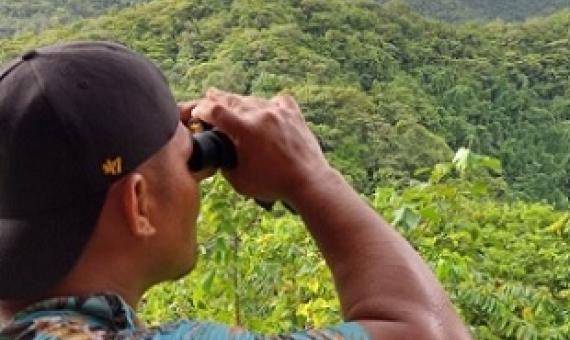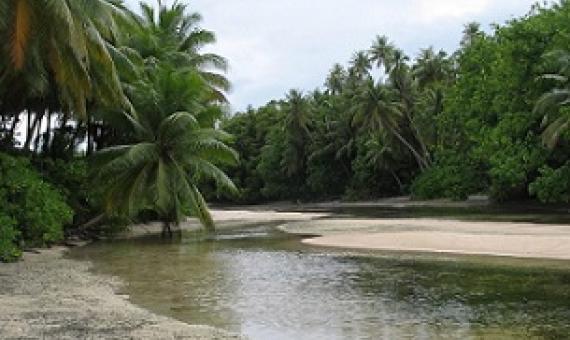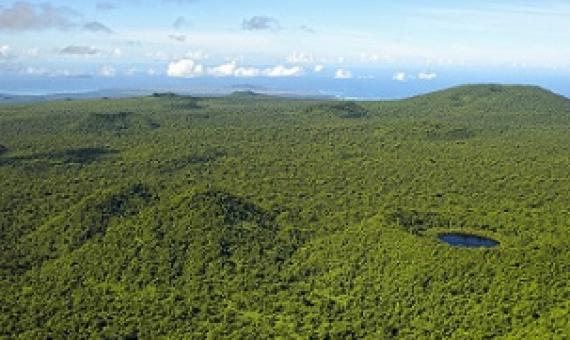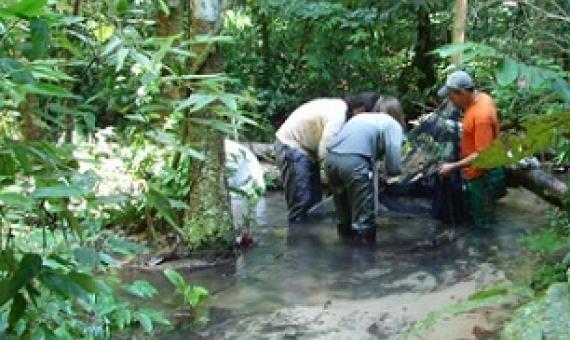In a collaborative effort, the Division of Environment and Conservation, of the Ministry of Natural Resources and Environment (MNRE), united with the Secretariat of the Pacific Regional Environment Programme (SPREP) to successfully conclude the initial phase of the Terrestrial Biodive
The fate of terrestrial biodiversity during an oceanic island volcanic eruption
Volcanic activity provides a unique opportunity to study the ecological responses of organisms to catastrophic environmental destruction as an essential driver of biodiversity change on islands. However, despite this great scientific interest, no study of the biodiversity at an erupting volcano has yet been undertaken. On La Palma (Canary archipelago), we quantified the main species affected and their fate during the 85-day eruption (September–December 2021). Our main objective consisted of monitoring the biodiversity subjected to critical stress during this volcanic eruption.
Future global biodiversity may be intrinsically linked to the adaptive and resilience capacities of island ecosystems.
New research published in the June 3, 2022 journal Science reveals that 44% of Earth's land area—some 64 million square kilometers (24.7 million square miles) requires conservation to safeguard biodiversity. The team, led by Dr. James R.
Freshwater ecosystems, such as rivers, lakes and streams, are home to 10% of all described species, but are often overlooked in conservation planning and their populations have shown rapid declines in recent decades.










